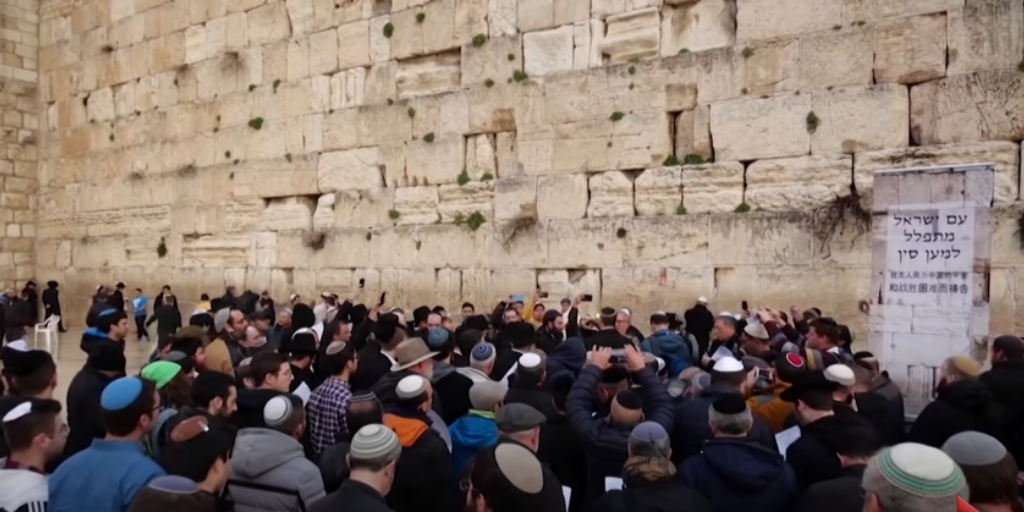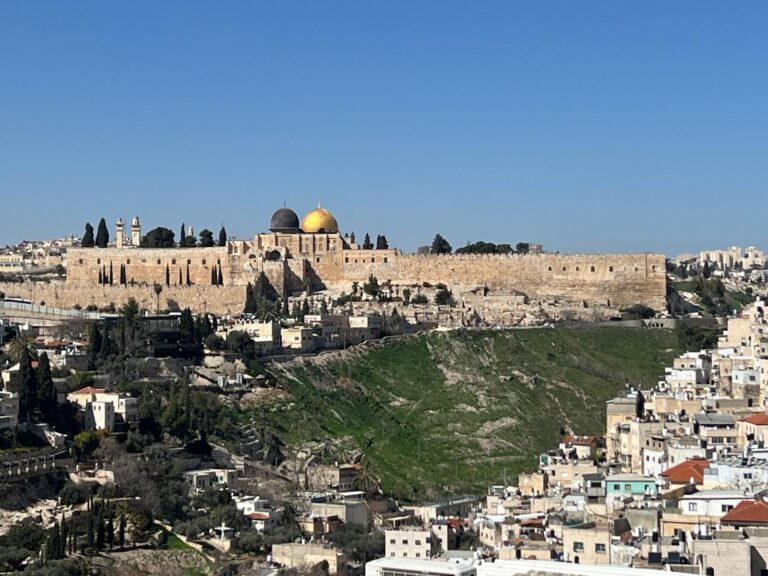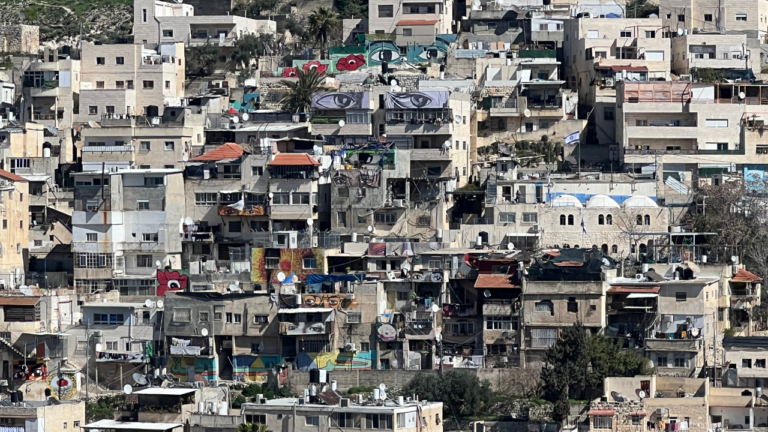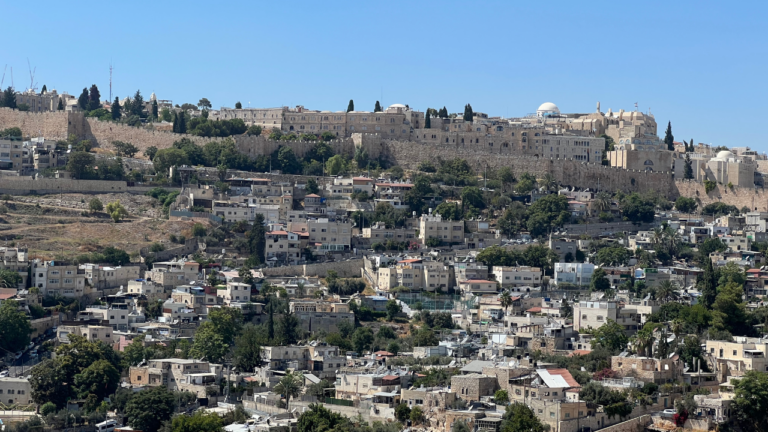Quarantining In Jerusalem
In several instances, the Torah commands us to remember a specific event for posterity. Interestingly, two of the events that we are supposed to remember are associated with the unfortunately all too common word “quarantine.” Yet, they represent two different models for what the experience of quarantine can be.
This week’s parsha enjoins us to remember what God did to Miriam: “Remember what the Lord, your God, did to Miriam on the way, when you went out of Egypt.” Rashi explains that we are to remember that Miriam spoke slanderously against Moshe and was immediately punished with leprosy.
Miriam’s leprosy forced her to leave the camp as per the laws of the leper: “he shall sit alone; outside of the camp shall be his place.” On one level this quarantine is intended for atonement and introspection. However, another crucial element of the leper’s quarantine is that it must take place outside of the camp. The leper is ritually impure and the Torah do not want him to spread his contamination to others. Therefore, he cannot remain in a room in his home, but away from all people. This form of quarantine obviously has negative associations.
Another event that we are enjoined to remember is the Giving of the Torah at Sinai. Here, too, we find that Moshe was “quarantined’ in a cloud for six days prior to entering God’s heavenly domain. Here, though, the purpose is the opposite. Moshe was not contaminated such that he needed to be isolated from other people. Rather, his seclusion allowed him time for reflection and preparation to be on the elevated level necessary to enter the heavens and learn Torah together with God.
In future generations, Moshe’s quarantine becomes the model for that of the Kohen Gadol prior to Yom Kippur. The first Mishna in Yoma teaches that the Kohen Gadol must leave his home and live alone within the environs of the Beit HaMikdash for a week prior to Yom Kippur. Some opinions in the Talmud seem to locate the reason for this obligation in a fear of contamination or that the Kohen Gadol must intensely study to learn the complicated service.
Resh Lakish, however, points to Moshe Rabbeinu’s quarantine as the model for the Kohen Gadol. Before entering “the realm of the Shechina” one must isolate themselves from other people “to become separated from all levity and to engender fear [of heaven].” This form of quarantine, as opposed to that of the leper, is an elevating experience.
For this reason, it is appropriate that as opposed to the leper whose quarantine takes place outside of the city, the Kohen Gadol is quarantined in the heart of Yerushalayim. It is in the center of the holiest city that he is able to isolate himself from the struggles of daily life and properly prepare himself to enter the Holy of Holies. His meditations, repentance and preparations are all the more powerful in Yerushalayim than anywhere else.
May we never need to be in quarantine, but if we do, let it be in the middle of Yerushalayim, the holiest spot on earth.



